Review of the Day: 14 Cows for America by Carmen Agra Deedy

As with any tragedy, in the years following the wake of September 11th a spate of books came out discussing, dissecting, and generally trying to make sense of what occurred. In this the children’s literary world and the adult literary world were very much alike. Picture books in particular took a great deal of interest in making the events palatable to young impressionable minds. The results were mixed. The general consensus was to write titles that focused on the human moments that surrounded the tragedy. That adorable little fireboat that helped put out the blazes in Maira Kalman’s almost too cute Fireboat. The women who could not deliver their roses, and so created an impromptu memorial in Jeannette Winter’s September Roses. Best of these was Mordecai Gerstein’s The Man Who Walked Between the Towers, the tragedy was merely tangential to the real story. These books all came out within a few years of one another and then nothing. It was as if people didn’t feel inclined or capable of coming up with something new. Then comes 14 Cows for America. By rights, this book should not work. That it succeeds as magnificently as it does is a credit to each one of its three creators.
One day a young man named Kimeli returns to the village where he grew up. Kimeli is Maasai and he has been studying in New York to become a doctor. However, the events of September 11th are still with him, and later he tells his people the story of that horror of that particular day. Kimeli tells the elders that he will offer his cow to the people of America. The elders agree, but invite a diplomat from the United States Embassy in Nairobi to visit the village. When the diplomat comes he is greeted with a full ceremony and is presented with not one, but fourteen cows. A Note from Kimeli himself at the end explains how all this came to be, and says that “These sacred, healing cows can never be slaughtered,” and will be kept under Maasai care in Kenya.
ADVERTISEMENT
ADVERTISEMENT
Carmen Agra Deedy has done a remarkable job with the text. Now, I will admit that I walked into this book skeptical, because I was not the world’s biggest fan of her The Yellow Star. That was a book that took a myth and turned it into a story that, to those not reading closely, could have been interpreted as fact. To take this true story and give it the right tone and temper . . . well, to be perfectly frank I wasn’t sure what to expect. As it turned out, I needn’t have worried. This isn’t a book where an author heard a story, thought it would make a great picture book, and then wrote the tale entirely on her own with minimal input from the people directly involved. Deedy collaborated directly with the book’s protagonist, Wilson Kimeli Naiyomah to give this story its factual background. In the Spring of 2002 Deedy picked up her copy of The New York Times and read this story about the Maasai. Over the years she continued to collect information and eventually she got in touch with Naiyomah. They emailed back and forth and result is the book we have today.
The remarkable thing about the storytelling is that the little human facts make it interesting, but without ever sounding condescending. It would be all too easy to turn this into a story where the Maasai come off looking like magical saintly people who do this grand deed because they are not of this world. Deedy strives instead to make them infinitely human and relatable. To do this, she first needs to make it perfectly clear what the cow represents to them, so the term “the cow is life” is invoked. Kimeli is the detail that sets the book apart, of course. He is the tie that binds. Without him, this would be like any other story told about an insular group by an outsider. With Kimeli you are inside the story with the Maasai, and you are given a deeper understanding of a symbolic gesture. Deedy grounds her tale in the real world, then finds just the right words. It takes a real author to know how to finish a tale of this sort perfectly, but Deedy’s last sentence takes the cake. “Because there is no nation so powerful it cannot be wounded, nor a people so small they cannot offer mighty comfort.”
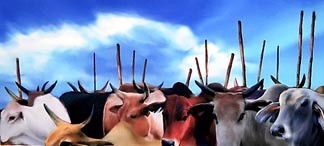 Like Deedy, Gonzalez is also originally from Cuba, a fact that I found particularly interesting. In her Author blurb, Deedy says of herself “she came to the United States as a refugee and like most immigrants sees the world from multiple perspectives.” Gonzalez does not discuss his perspective in his blurb, but it’s clear that with this book he has debuted with something remarkably strong. His background is in graphic design and art direction and as a Georgia resident it’s just remarkably lucky that he happened to be near the Atlanta-based Peachtree publisher. Now he has a picture book to his name that is far and away one of the most beautiful out there. The illustrations you find here are created in pastel, colored pencil, and airbrush. The result are these rich, full colors that transition beautifully between the early morning gloom of a jeep headed to a village on one page and the full-throttle reds and vibrant colors of a ritual on the next.
Like Deedy, Gonzalez is also originally from Cuba, a fact that I found particularly interesting. In her Author blurb, Deedy says of herself “she came to the United States as a refugee and like most immigrants sees the world from multiple perspectives.” Gonzalez does not discuss his perspective in his blurb, but it’s clear that with this book he has debuted with something remarkably strong. His background is in graphic design and art direction and as a Georgia resident it’s just remarkably lucky that he happened to be near the Atlanta-based Peachtree publisher. Now he has a picture book to his name that is far and away one of the most beautiful out there. The illustrations you find here are created in pastel, colored pencil, and airbrush. The result are these rich, full colors that transition beautifully between the early morning gloom of a jeep headed to a village on one page and the full-throttle reds and vibrant colors of a ritual on the next.
The artist also eschews stereotype and the easy way out. His images have the feel of a documentary, as well as a work of art. Like Deedy, Gonzalez acknowledges that these are warriors we’re talking about. In one two-page spread you see just the heads of two men, one of them with their face in shadow, just the eyes looking steadily at the reader. These aren’t people you mess with but, as the text says, “They are fierce when provoked, but easily moved to kindness when they hear of suffering or injustice.”
Gonzalez is at his cleverest when he must invoke the feel of September 11th without actually showing it. This is something picture books about 9/11 have to do on a regular basis, but none of the books about that day have been quite so clever about presenting the incident visually. When Kimeli tells his story the reader is on the same level as the village children, looking up. Most of the two-page spread consists of the sky above with Kimeli lifting his arms in the telling of his tale. Above him, the sky is gray with streaks of red and orange. For anyone familiar with the images of September 11th, such colors are instantly recognizable. Gonzalez has taken a day, reduced it to color alone, and then placed it harmlessly in an African sky where it illustrates a terrible tale. It is the smartest illustration choice I have seen in a very long time. For that image alone, the book should win some awards. Of course, there is one shot of the towers burning in the eyes of a Maasai child at the end of the book, but that picture is far less powerful than the preceding image and, in fact, feels a bit superfluous in comparison.
I did hear one criticism of this book that I thought was fairly on point. Non-fiction books for kids walk a tricky line between telling their stories for their child audiences and telling stories for the adults who are actually buying these books in the first place. To bridge this gap, many times an author will tell their story for the kids at the start, then follow up their story in the Afterword or Author’s Note at the end for the adults. This doesn’t have to happen, of course. In The Wall by Peter Sis, for example, the author cleverly created two narratives, one old and one young, so that kids of different ages and reading levels could all get something out of the material. The argument has been made that in the case of 14 Cows for America there are facts mentioned in the “Note from Kimeli Naiyomah” that should really have been in the text. Facts like what eventually happened to the cows (they are in Kenya “under the guidance of the revered elder Mzee Ole-Yiampoi”), which a lot of kids will be wondering when they finish this book. The kids will probably believe that when the Maasai “give” their cows to America they are physically sending the cows there, just as the King of Siam meant to sent President Lincoln elephants for the Civil War. The fact that this giving is a symbolic gesture could be better explained. And I agree that the cows’ fate would have been nice to mention in the text, but I don’t think the choice of including it at the end hurts the book too badly. I’ve read far too many non-fiction picture books where there ISN’T an Afterword or Author’s Note of any sort, so at least this one is present. Should this information have been in the story? Sure. But if kids ask “What happened to the cows?” parents at least will be able to the Note and read their children what it says at the back. The option is there.
ADVERTISEMENT
ADVERTISEMENT
If I were to pair this book with any other, I think I might go so far as to suggest that people read 14 Cows for America alongside Lynn Barasch’s rather fascinating First Comes the Zebra. While Deedy’s book examines the Maasai from within their own community, showing how they work with one another, Barasch’s book then displays them alongside the Kikuyu and offers hope in the face of prejudice. Zebra shows that not everything is easy for the Maasai. Cows shows their concern and care for the rest of the world in spite of this.
On paper, this book shouldn’t work. There are so many elements that could go horribly wrong. The story could be too treacly. The pictures too self-serving or patronizing. The writing too pandering. I’m the first person to view a book of this sort with a skeptical, even over-critical eye, but what I find here is a remarkable melding of three different people, coming together to tell a single true story. Fourteen Cows ends with the sentence, “The Maasai wish is that every time Americans hear this simple story of fourteen cows, they will find a measure of comfort and peace.” With this book, that is now possible.
On shelves now.
Copy: ARC from fellow librarian.
- Books Upon a Wee One’s Shelf
- 5 Minutes for Books
- Hope is the Word
- Wendie’s Wanderings
- A Patchwork of Books
- Practically Paradise
- Teacherninja
Professional Reviews:
Interviews:
- Kimeli Naiyomah interviewed by I.N.K.
- Kimeli Naiyomah interviewed by Children’s Literature
- Thomas Gonzalez interviewed by Hope is the Word
Misc:
- It’s Non-Fiction Monday, y’all! The Miss Rumphius Effect has the round-up.
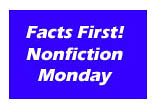
- A great deal of work has gone into the 14 Cows for America website. It’s a remarkable learning tool, custom made for teachers who would like to tie this book into further learning. There are links to everything from how to pronounce Maasai words, to where the cows are, their brands, their scholarship, etc. And, of course, the teacher’s guide.
- Here’s a New York Times article about the incident as well.
- And Publishers Weekly wrote the article A Gesture of Generosity Inspires Picture Book.
Videos:
Four of them, to be precise. This first is an interview with Ms. Carmen Agra Deedy herself. Kids ask her questions and she answers them, giving quite a bit of background information on the creation of this book. There is also a cute dog involved.
The second video is an interview with illustrator Thomas Gonzalez. At one point he shows the process from sketch to final product on that amazing illustration I mentioned in my review involving the sky.
The third is a news piece on the story that this book is based on.
And the fourth is the book trailer that was created. You can see much of the artwork of the tale here.
Filed under: Reviews
About Betsy Bird
Betsy Bird is currently the Collection Development Manager of the Evanston Public Library system and a former Materials Specialist for New York Public Library. She has served on Newbery, written for Horn Book, and has done other lovely little things that she'd love to tell you about but that she's sure you'd find more interesting to hear of in person. Her opinions are her own and do not reflect those of EPL, SLJ, or any of the other acronyms you might be able to name. Follow her on Twitter: @fuseeight.
ADVERTISEMENT
ADVERTISEMENT
SLJ Blog Network
The Moral Dilemma of THE MONSTER AT THE END OF THIS BOOK
K is in Trouble | Review
Fighting Public School Book Bans with the Civil Rights Act
ADVERTISEMENT

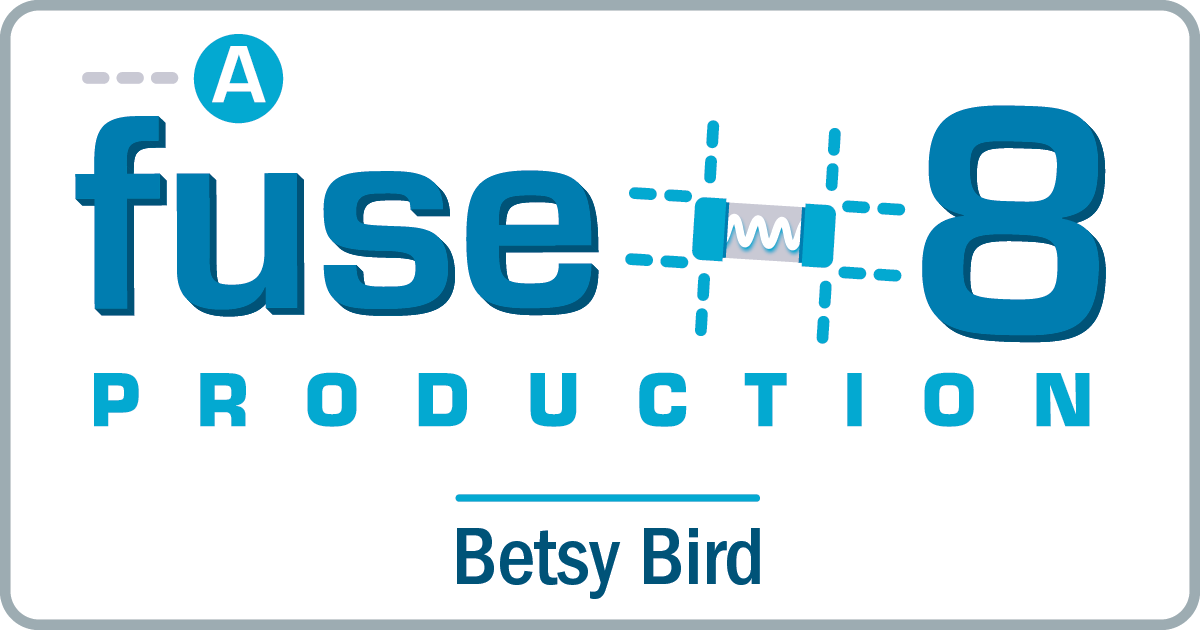

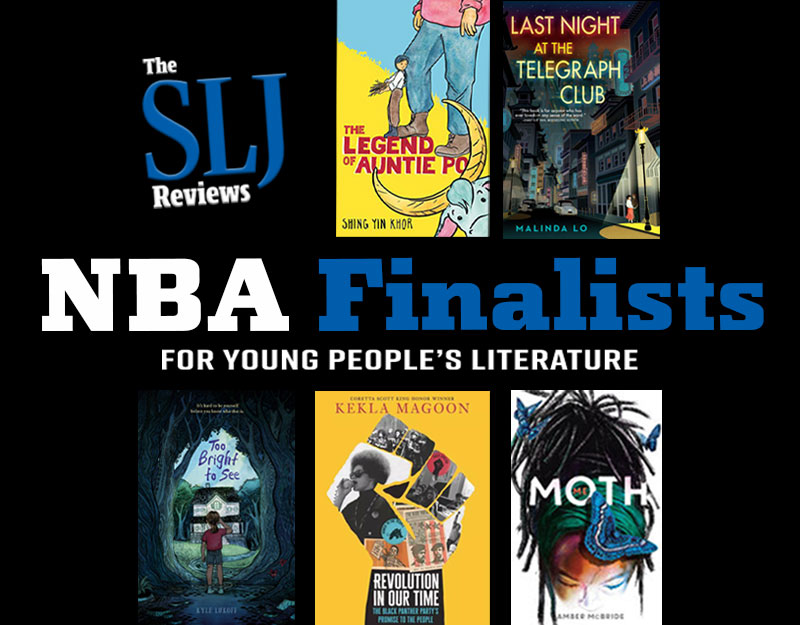
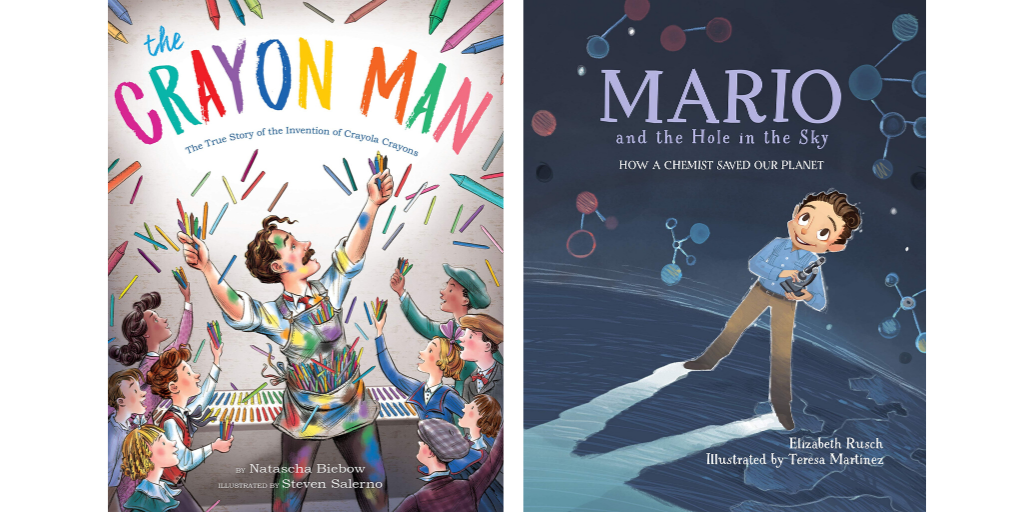

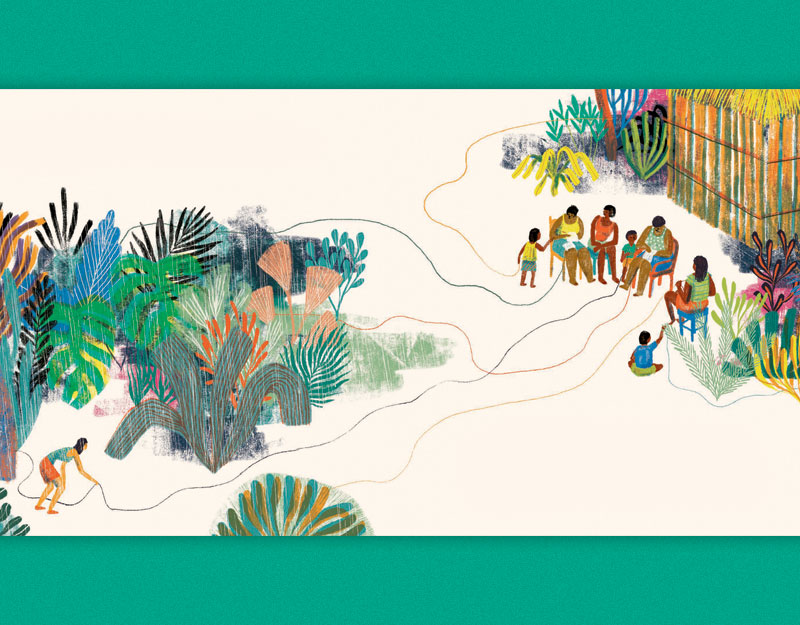

Thank you for your review of 14 Cows; the Masai tribe has always been of interest to me, in part because of their serious attention to the needs of their children. I have been quite taken with this story itself, the book’s production and now the book. This gathering of many of the materials available for teachers and parents to use is a great service, thanks again!
I went to the Decatur Book Festival on Saturday. One of the highlights was stopping by the Peachtree Press table and getting to speak to Margaret Quinlin, about 14 Cows for America. I also finally got a chance to look at the book.
14 Cows for America is beautiful and lives up to all the praise.
I have a blog on the process of writing a NF book about a Maasai warrior for adolescents. I can only hope to capture in a limited way the magical writing of 14 Cows–book text and art are magnificent. The Maasai are a unique and exciting culture, working to preserve their traditions and yet interact with a developing world. Thanks for your excellent review.
I love Carmen Deedy — I’ve met her and heard her captivate a room with her storytelling gifts — and I’m really proud of, and awed by, what she’s done with this book. I’m in the process of interviewing her for my blog, but we take it slow over at jamespreller.com, so it likely won’t be up for a week or two. I’m glad you reviewed this, Betsy, and I think your minor criticisms make sense. I do think the book’s strength is in its simplicity and accessibility, so I guess I’m okay with the solution the artists found (in terms of back matter).
When I first saw this book at Book Expo, I have to say, I was blown away by it. Nice to see you giving it its due. I’m proud to be published by the publisher that brought out this stunning book. Hooray for Peachtree!
I think this is a beautiful book–but after reading it aloud to three groups of bright fourth graders, I’m wondering what’s the right age range for it. My fourths didn’t remember the 9-11 attacks, and so we had to begin with going over the facts. (Yes, they were suicide bombers, but that doesn’t mean they were Japanese; yes, there were people who jumped out the window because they were afraid of the fire, no, there were people who got out alive). By the time we’d gone over the facts, the kids were freaked-out, and the story seemed odd to them, because the Maasai gave the cows away, but did not part with them. I’m wondering if there are any other teachers or librarians who’ve used this book with children, and if so, whether it was a success, and what was the correct age range.